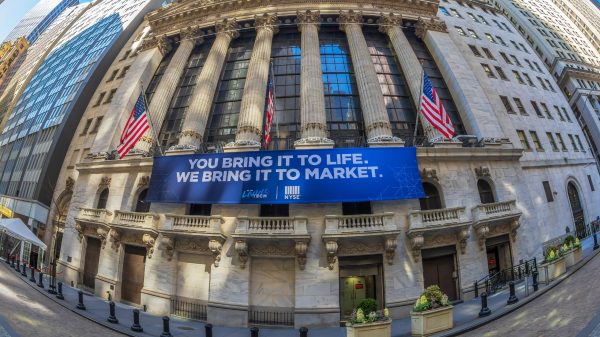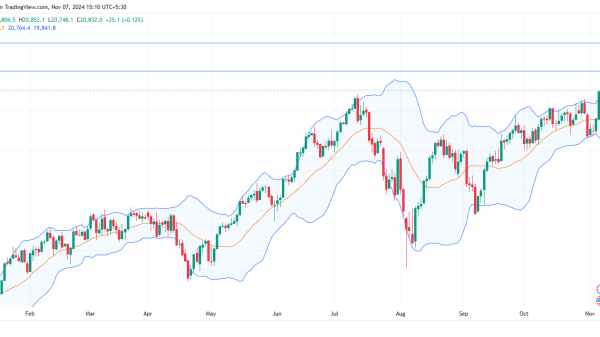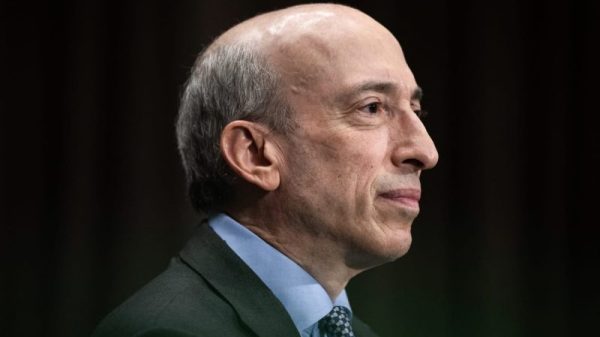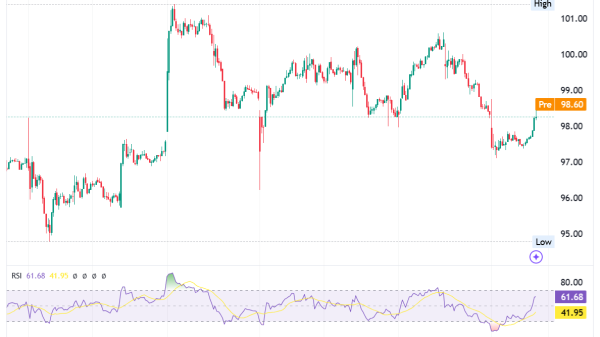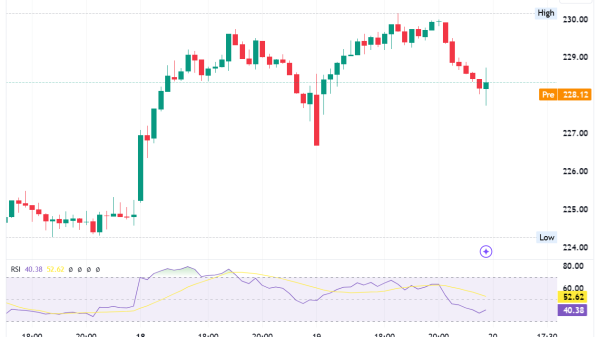Will Digital Ruble Ever Be Released?
The position regarding central bank digital currency (CBDC) varies from country to country. What is the position of the Bank of Russia regarding CBDC?
The central bank’s position regarding CBDC isn’t clear, to say the least. As a reminder, the Bank of Russia had a plan to launch a pilot of the digital ruble.
In 2021, the central bank included a launch of a ruble-backed digital currency in its “Strategy of Financial Markets Development Until 2030.”
Not a long time ago, the Bank of Russia made the decision not to test a digital ruble. The question is, “When will the country’s central bank launch a pilot program?”
The chance that the Bank of Russia would launch a pilot program in the near future is quite low. As a reminder, the central bank delayed the launch indefinitely due to the lack of specific legislation regarding the pilot program.
The State Duma, the lower house of parliament, needs to approve the bill. To make a long story short, the situation regarding a digital ruble is quite complicated. It won’t be easy to overcome various challenges.
Let’s get back to the question, “Will digital ruble ever be released?” There is no right or wrong answer when it comes to the future of the digital ruble. The chance that the Bank of Russia will release the digital ruble in the near future is extremely low. However, it may release a digital ruble at some point in the future.
Central Bank Digital currency and its role
Apart from the digital ruble, there are many other projects all over the world. So, it is desirable to gather more information about CBDC.
Central bank digital currency (CBDC) refers to a digital form of currency issued and regulated by a country’s central bank.
As opposed to traditional physical currency, CBDC exists solely in electronic form and utilizes the advancements of blockchain technology or a similar distributed ledger technology (DLT) to facilitate secure transactions.
CBDCs have gained significant attention and consideration from central banks around the world as a potential evolution of the monetary system.
The primary motivation behind the development of CBDCs is to provide a modern, efficient, and secure means of payment that complements existing forms of money.
By utilizing digital platforms, CBDCs can offer several potential benefits. Firstly, they can enhance financial inclusion by providing access to banking services for the unbanked or underbanked population.
CBDCs can also reduce costs associated with printing physical currency and managing cash circulation.
CBDCs can be categorized into two main types: wholesale CBDCs and retail CBDCs. Wholesale CBDCs are designed for financial institutions and serve as a settlement asset for interbank transactions.
They facilitate the transfer of funds between financial institutions in a faster and more secure manner, reducing settlement risks.
On the other hand, retail CBDCs are intended for the general public and aim to replace physical cash as a widely accepted form of payment. Retail CBDCs can coexist with existing forms of money. It is possible to use retail CBDCs for peer-to-peer transfers, etc.
CBDCs and transparency
One key aspect of CBDCs is their ability to provide enhanced transparency and traceability compared to traditional cash.
Transactions conducted using CBDCs are recorded on a distributed ledger, allowing for improved monitoring and detection of illicit activities such as money laundering and terrorist financing. However, privacy concerns arise in relation to the extent of transaction information available to the central bank or other regulatory authorities.
Another important feature of CBDCs is their potential to incorporate smart contracts. Smart contracts are self-executing agreements with predefined conditions coded into the digital currency.
They can automate and streamline various processes, such as payments, compliance, and regulatory requirements. For example, programmable money could enable the automatic payment of taxes or the implementation of targeted monetary policies.
The introduction of CBDCs also poses challenges and considerations. From a technological standpoint, the scalability, security, and resilience of the underlying DLT infrastructure must be ensured to support a large-scale CBDC deployment.
Additionally, the accessibility of CBDCs to different segments of the population, including those with limited digital literacy or access to technology, needs to be addressed to avoid exacerbating existing socioeconomic disparities.
The issuance of CBDCs also has implications for the traditional banking system. Commercial banks may face changes in their deposit base as CBDCs offer a potential alternative to bank accounts. Central banks need to carefully manage the potential impact on monetary policy transmission and financial stability.
People’s Bank of China and CBDCs
Various central banks worldwide have initiated pilot projects and research initiatives to explore the feasibility and implications of CBDCs.
The People’s Bank of China, for example, has made significant progress in developing its digital currency electronic payment (DCEP) system.
Other central banks, such as the European Central Bank and the Federal Reserve, are actively studying CBDCs and engaging in public consultations to gather input from stakeholders and the general public.
In conclusion, central bank digital currency represents a potential evolution of money in the digital age. CBDCs have the potential to reduce costs, enhance transparency, and automate processes through the use of smart contracts.
Also, CBDCs can enhance anti-money laundering (AML) and counter-terrorism financing (CTF) efforts. With transaction traceability and stricter identity verification, it becomes harder to engage in illegal activities, promoting financial integrity.
Moreover, CBDCs can provide greater access to financial services for unbanked and underbanked populations. By using digital wallets or mobile devices, individuals can securely store, send, and receive funds, reducing barriers to financial participation.
However, challenges related to technology, accessibility, privacy, and the impact on the banking system need to be carefully addressed to ensure the successful implementation and adoption of CBDCs.
The post Will digital ruble ever be released? appeared first on FinanceBrokerage.

